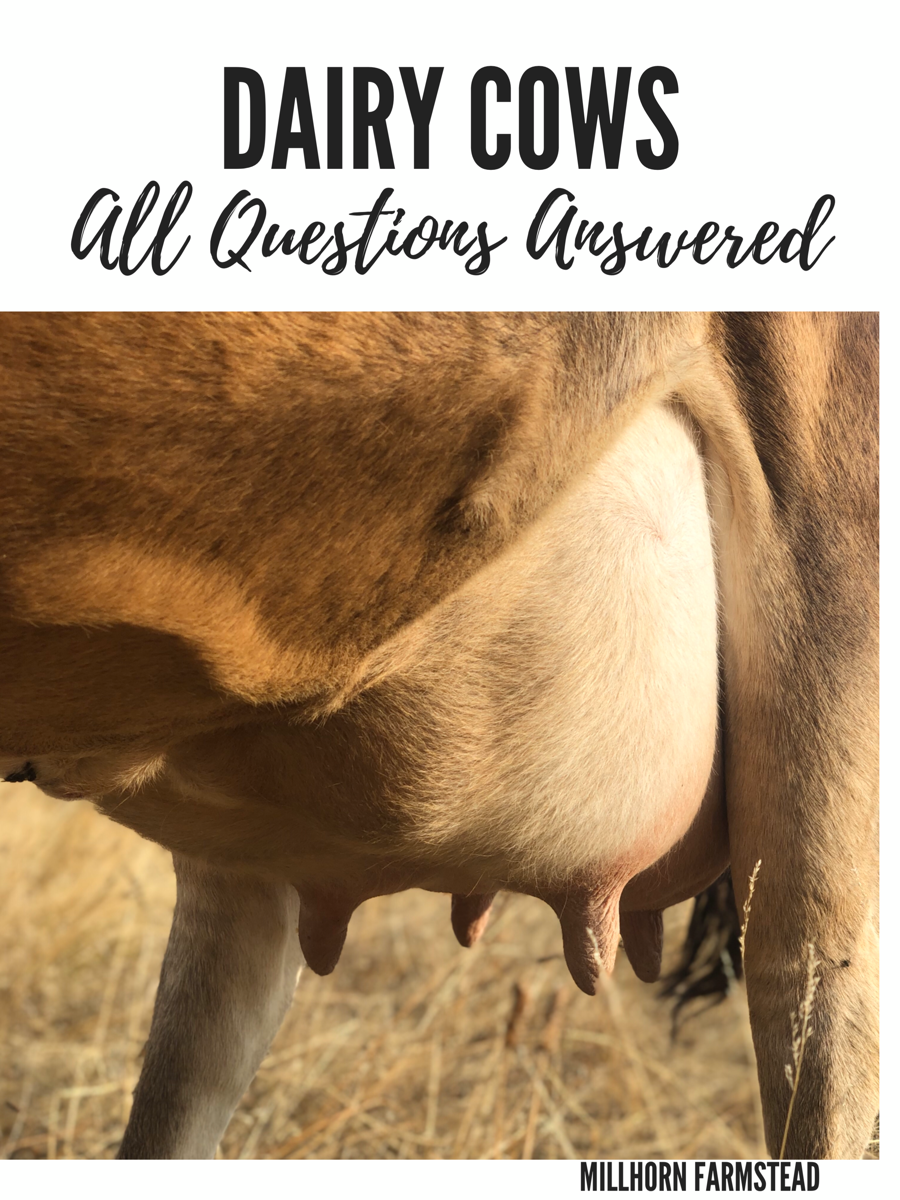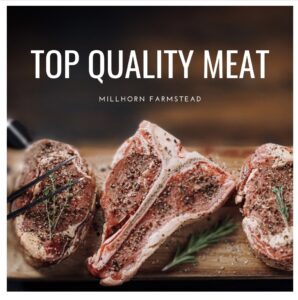Dairy Cows FAQ
We do a ton of farm tours here on the ole Farmstead. Folks of all ages but mostly younger families with kids that want to teach or show their kids where their food comes from. This by happenstance, is one of my favorite topics to teach. Every family has a different base of farming knowledge, some grew up on a farm, some have only seen a cow on tv or in a children’s book. The questions however, are typically always the same. And I get a TON of questions. While some of these FAQ are silly to the seasoned rancher or cowgirl, they are the most asked questions I receive. I have compiled a list of 10 frequently asked questions about dairy cows. These FAQ I get asked repeatedly, as in, almost every single farm tour!
1. Do only boy “cows”have horns?
First of all, a ‘boy cow’ is not a cow at all. A ‘cow’ is female bovine. A ‘boy’ is a steer or a bull. And yes, cows & heifers can and do have horns as well. Cattle that are born without horns are called polled. This is a genetic trait. Some ranchers will bred for this. Those cattle that are born with horns are most commonly removed as a calf or left to grow naturally.
2. What is a heifer?
It’s fairly comical to me how many people think ‘heifer’ is a swear word or a derogatory form of insult. I have a hat that says “crazy heifer” and the looks are absolutely spectacular and totally worth the twenty bucks I spent on it.
A heifer is a young girl bovine that is under two years old or has not calved yet.
3. How long is a cow pregnant for?
A cow is pregnant for 285 days, give or take 10 days. That’s roughly the same as a human.
4. Does a dairy cow have to have a baby before you can milk them?
Yes. While I do know of several old cowboys that have milked a cow that prematurely aborted its calf, it is not common practice. Once the calf drops, aka, delivers her calf, then she will be ready to milk. …
5. Can you milk a pregnant cow?
Yes. And this is common practice. Roll of thumb is, do not dry up a cow that is not at least 90 days bred. Typically the cow is dried up, aka, stopped milking, around 60-90 days prior to calving.
6. What is A2A2?
A2a2 is a protein with in the amino acid chain that effect the digestibility in the milk. Read more in the link below.
7. How long after the calf is born do you milk the cow?
We milk our girls with in a few hours of the calf being born and every 12 hours after that. The first several days, typically 5ish, the cow will produce colostrum; A much needed nectar for survival. Once the colostrum has cleared her system and her milk runs clean, then it is ready to save and drink.
8. How much milk does a dairy cow give?
This depends on the individual cow. The amount of milk that the cow gives will greatly depends on feed and genetics. I have seen jerseys give more then a Holstein and a mini jersey give twice as much milk as a full sized jersey. Genetics and feed.
9. Do you drink colostrum.
Do I? No. Do some people? Yes. I actually have several customers that are very dedicated in their keto diet that ask for colostrum. Unfortunately for them, all of my cows colostrum goes to the calf and the rest gets frozen In case of emergencies.
10. Do brown cows make a different flavor of milk then black and white cows.
Yes, I do actually do get this question… ALOT! No, brown cows do not make chocolate milk. I know that’s what you were really asking. The flavor of the milk is once again based primarily on feed and genetics. Creamier milk, is a sweeter milk. Heritage breeds, Jersey, Ayrshire & Brown Swiss tend to have creamier milk, while Holsteins tend to produce more in quantity and less in cream. But yet again, genetics play a roll in this.


